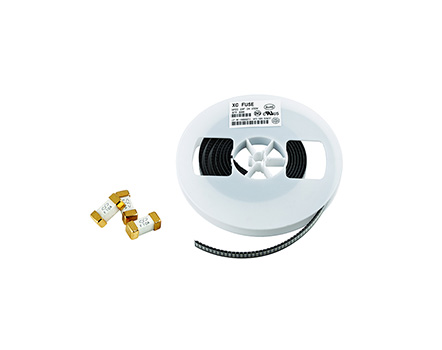
In fact, this is not the case. Although patch fuses have a wider range of applications than plug-in fuses, there is also a high demand for plug-in fuses in the market. Both types of fuses, patch and plug-in, have their own advantages. For different products, selecting the right one can maximize the effectiveness of the fuse. Currently, plug-in fuses will not be eliminated.
Taking self recovery fuses as an example, the volume of patch based self recovery fuses is different from that of plug-in based self recovery fuses. Plug-in type fuses have a relatively larger volume and are generally used in circuits with low working voltage and high working current, such as power converters, motorcycles, automobiles, computer power supplies, micro motors, computer interfaces, CPUs, and other fields. And patch type fuses are mostly used in many electronic products and in many circuit boards such as mechanical equipment.
With the development and progress of technology, fuses are not only limited to plug-in and patch types, but also have many different products, such as ceramic fuses, glass tube fuses, square fuses, circular fuses, mini miniature fuses, temperature fuses, and many others. Fuses do not follow the path of elimination and upgrading, but constantly introduce new types of fuses, Many special products and harsh working environments can also use fuses for circuit overload protection.
Read recommendations:
Self recovery performance and working process of self recovery fuses